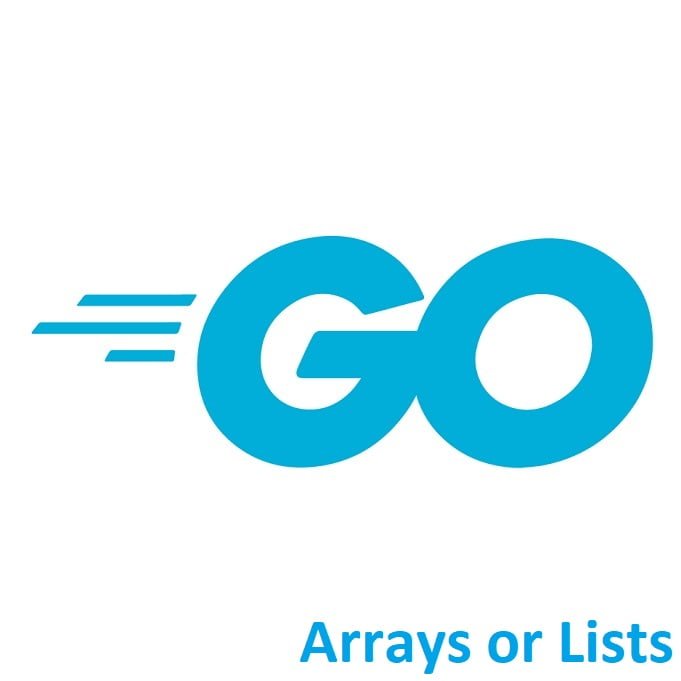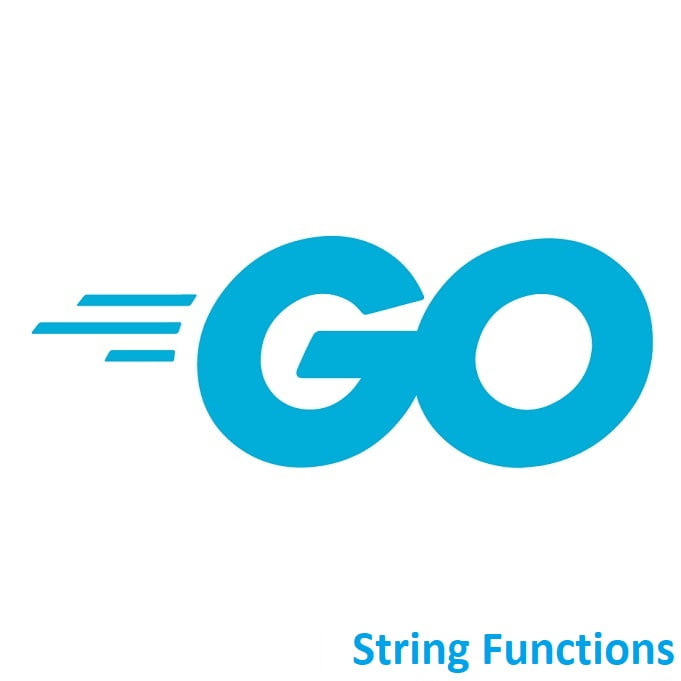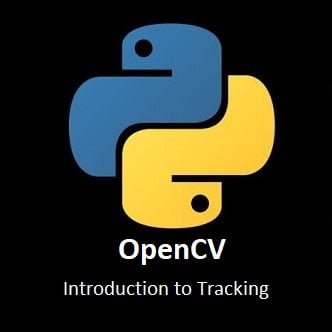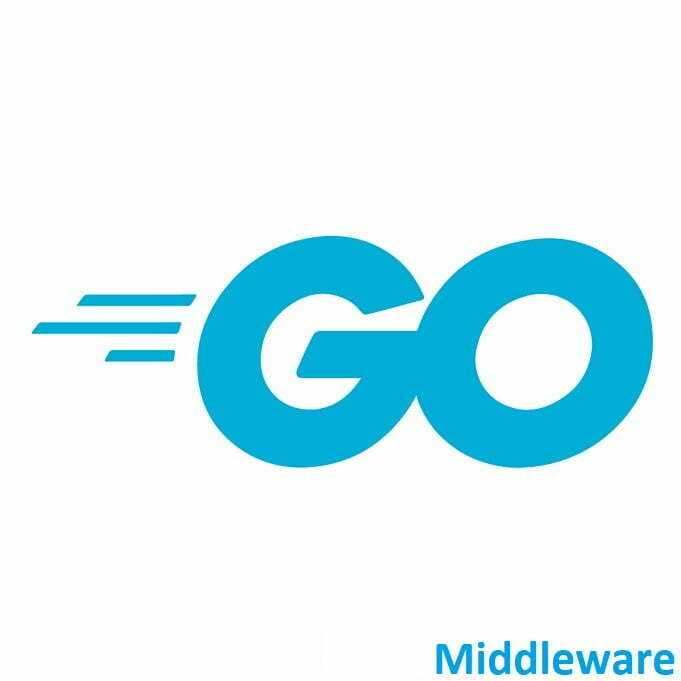
Understanding Arrays vs. Slices in Golang
Arrays and slices are essential data structures in Golang, but they differ significantly in their properties and usage. This guide dissects the distinctions between arrays and slices, elucidating their characteristics and guiding developers on when to leverage each for efficient data handling.
Wait, No Lists?
In Go, there isn’t a built-in data structure explicitly named “list” like you might find in other programming languages. However, Go provides a versatile data structure called a “slice” that is conceptually similar to lists in other languages.
Slices in Go are dynamically sized and flexible, making them powerful for managing collections of elements. They are more powerful and idiomatic than traditional linked lists or arrays found in some other languages.
Key features and aspects of slices in Go include:
Dynamic Size:
Slices can grow or shrink as needed. They are references to a contiguous segment of an underlying array, allowing for efficient resizing.
Flexibility:
Slices offer a flexible way to work with sequences of elements, supporting various operations like appending, slicing, and iterating through elements.
Pass by Reference:
When passed to functions, slices are passed by reference. This means modifications made to a slice within a function will affect the original slice.
Built-in Functions:
Go provides built-in functions like append, copy, and len that facilitate slice manipulation efficiently.
While Golang does not have a traditional linked list data structure in its standard library, the flexibility and functionality of slices often cover the typical use cases of lists in other programming languages.
Arrays
An array in Go is a fixed-size sequence of elements of the same type. Once you define the size of an array, it cannot be changed. The syntax to declare an array is:
var arr [size]Type
Where size is the number of elements in the array, and Type is the type of elements the array will hold.
Here’s an example:
package main
import "fmt"
func main() {
var numbers [5]int // Declare an array of 5 integers
numbers[0] = 1
numbers[1] = 2
numbers[2] = 3
numbers[3] = 4
numbers[4] = 5
fmt.Println(numbers) // Output: [1 2 3 4 5]
}Slices
A slice in Go is a dynamic, variable-length sequence backed by an underlying array. Unlike arrays, slices can grow or shrink in size. Slices are more commonly used in Go for managing collections of data.
The syntax to create a slice is:
var slice []Type
Where Type is the type of elements the slice will hold. You can also create a slice from an existing array or another slice using the slice expression:
slice := arr[start:end] // Creates a slice from index start (inclusive) to end (exclusive)
Here’s an example of working with slices:
package main
import "fmt"
func main() {
numbers := []int{1, 2, 3, 4, 5} // Create a slice of integers
fmt.Println(numbers) // Output: [1 2 3 4 5]
// Modifying a slice
numbers[2] = 10
fmt.Println(numbers) // Output: [1 2 10 4 5]
// Appending to a slice
numbers = append(numbers, 6)
fmt.Println(numbers) // Output: [1 2 10 4 5 6]
}Conclusion
In summary, arrays have a fixed size that is defined when they are declared, while slices are dynamically resizable sequences backed by arrays. In many cases, slices are more flexible and commonly used for managing collections of data.
Arrays and slices are fundamental in Golang, each offering distinct advantages and catering to different use cases. Understanding their differences empowers developers to select the most suitable data structure for efficient data storage, manipulation, and performance within their Go applications.
That’s All Folks!
You can find all of our Golang guides here: A Comprehensive Guide to Golang




